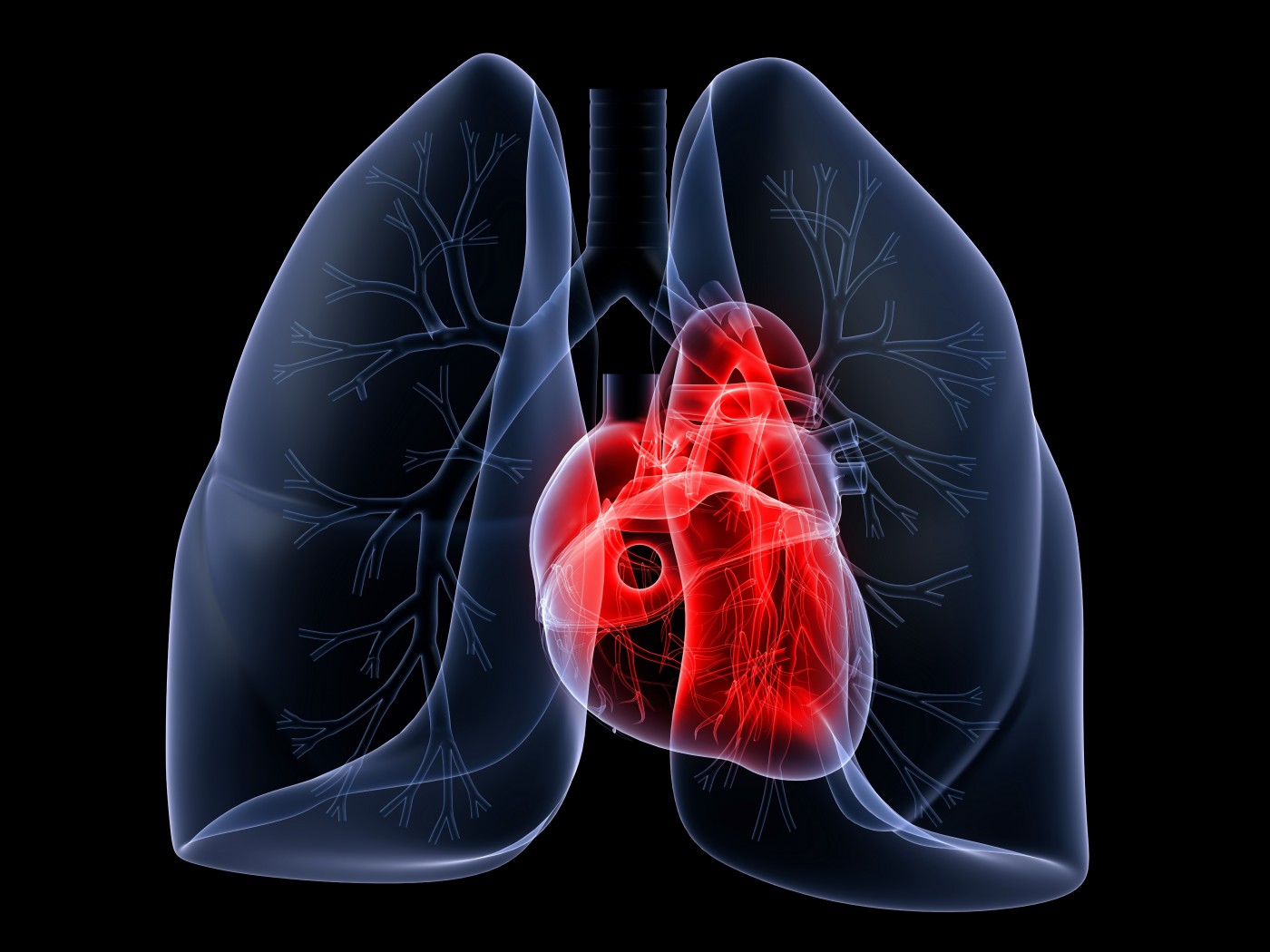New Cellular Proliferation Protein Observed in Idiopathic Pulmonary Arterial Hypertension

 Researchers at the Cleveland Clinic recently published findings in the journal Circulation revealing that a protein linked to the glucose metabolism pathway can promote cellular proliferation in lung tissues of individuals with idiopathic pulmonary arterial hypertension (IPAH). The study is entitled “O-GlcNAc Transferase Directs Cell Proliferation in Idiopathic Pulmonary Arterial Hypertension.”
Researchers at the Cleveland Clinic recently published findings in the journal Circulation revealing that a protein linked to the glucose metabolism pathway can promote cellular proliferation in lung tissues of individuals with idiopathic pulmonary arterial hypertension (IPAH). The study is entitled “O-GlcNAc Transferase Directs Cell Proliferation in Idiopathic Pulmonary Arterial Hypertension.”
IPAH is a cardiopulmonary disorder characterized by abnormally high blood pressure in the pulmonary arteries that supply blood to the lungs, vascular remodeling and cellular proliferation. IPAH can progress rapidly and may cause right heart failure.
[adrotate group=”4″]
A deregulation of the glucose metabolism has been recently linked to IPAH, although the mechanism underlying this association has not been fully explored. The aim of this study was to determine the link between smooth muscle cell proliferation in IPAH and the glucose metabolism.
Lung tissues and pulmonary artery smooth muscle cells (PASMCs) of eight patients with IPAH and eight healthy controls were analyzed for a particular pathway of the glucose metabolism — the hexosamine biosynthetic pathway (HBP). The expression levels of elements of this pathway were measured in both IPAH and control samples.
Researchers found that HBP is upregulated in lung tissue from IPAH patients in comparison with the controls. The enzyme glutamine:fructose-6-phosphate aminotransferase-1 in particular was found to have a more than threefold increase in lung tissue and almost a twofold increase in isolated PASMCs from IPAH patients. The O-linked sugar nucleotide UDP-N-acetyl-glucosamine (GlcNAc) transferase (OGT) was also significantly upregulated, which is an enzyme important for protein glycosylation, i.e., the attachment of sugars to proteins, a protein modification critical for several biological processes in the body.
[adrotate group=”3″]
OGT levels were also evaluated in 86 IPAH patients’ red blood cells (RBC), finding them to be significantly increased, as was O-linked GlcNAc protein modification. RBC OGT levels were related to clinical severity, being higher in patients with worse right heart stroke volume and 6-minute walk distance and with more severe New York Heart Association functional class. Furthermore, patients with high OGT levels (OGT/beta-actin ratio ≥0.396) were 3.71-fold more likely to be hospitalized, undergo lung transplant or die during a median follow-up of 24.5 months.
When researchers knocked down the expression of OGT, they found a reduction in cell proliferation in IPAH PASMCs to levels similar to the ones found in control PASMCs, with a concomitant reduction in the levels of the cell cycle master regulator host cell factor (HCF)-1.
Researchers suggested a model for IPAH where the upregulation of HBP in proliferating cells causes an increase in OGT levels, which leads to alterations in glycosylation wherein OGT uses UDP-GlcNAc to activate the cell cycle regulator HCF-1, resulting in PASMC proliferation. OGT knockdown induces a reduction in O-GlcNAc levels and abolishes PASMC proliferation.
“This model establishes a regulatory role for OGT in IPAH, sheds a new light on our understanding of the disease pathobiology, and provides opportunities to design novel therapeutic strategies for IPAH” concluded the research team.







